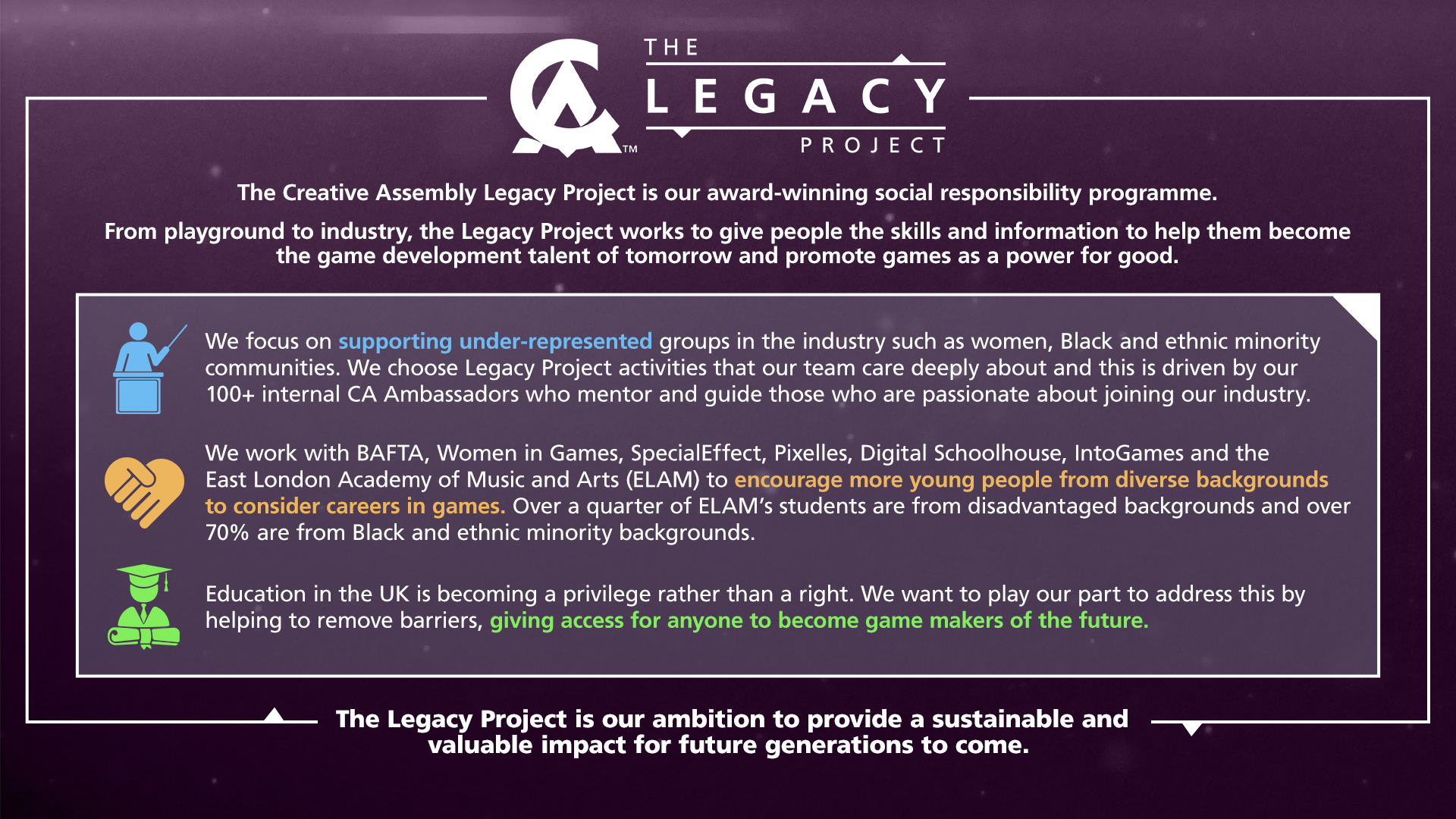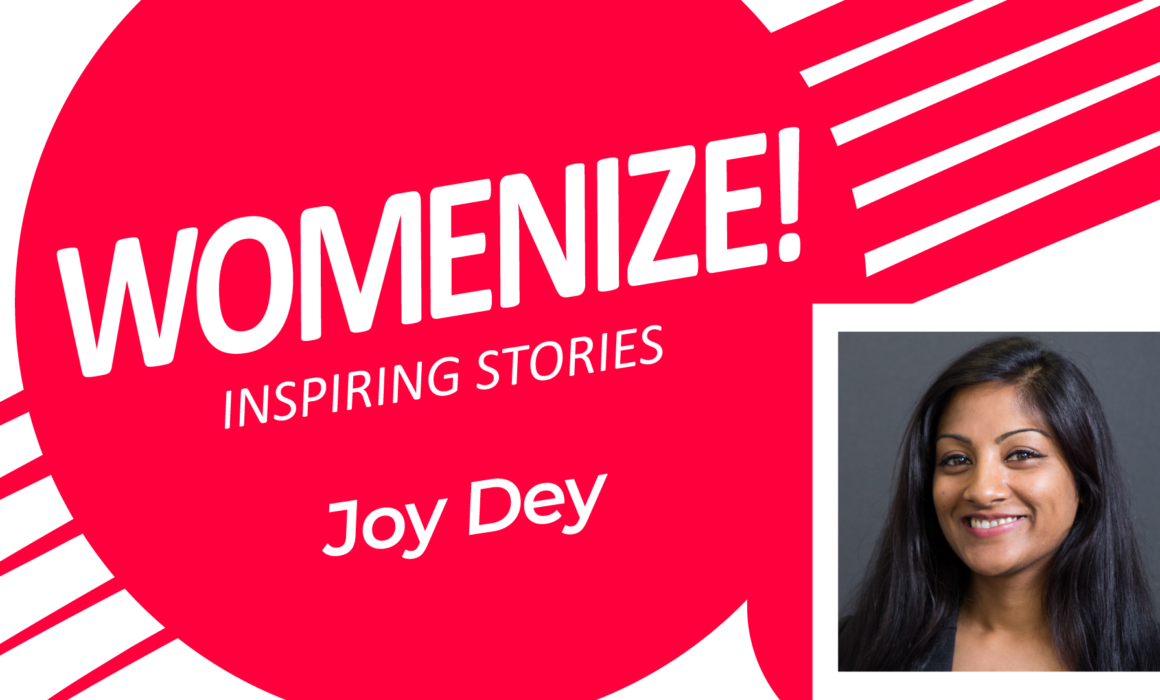Joy Dey – Womenize! – Inspiring Stories
Womenize! – Inspiring Stories is our weekly series featuring inspirational women from games and tech. For this edition we talked to Joy Dey, Lead Designer at Creative Assembly.
She speaks about diversity initiatives and the broad spectrum of design jobs in the industry. Read more about Joy in this interview:
Hi Joy! Are there any initiatives in the games industry you personally find notably important to have a voice?
Definitely. I wish there were more diverse role models when I was in university or even at the start of my career. Fortunately, there are now several organisations that aim to increase diverse representation in the games industry, and as a woman from a minority background, I recognise that I can play an important part in role modeling for future generations.
Women in Games (WIG) is a non-profit organisation that seeks a community free of gender discrimination. Their mission is to create new platforms to empower girls and women in the industry. It is made up of agents of change, allies, men and boys, champions, experts, grassroots organisations and others to find solutions towards fairness and equality for all. I am an ambassador for Women in Games and have taken part in activities such as visiting all-girl schools to talk about design. WIG also organises free events that anyone can go to for networking or sharing knowledge and they have awards to honour inspiring individuals.
There is also Diversity Champions. They offer free mentorship and support to all diverse members of the gaming community. They pair Proteges and Champions in the industry to help professionals grow and I am fortunate to be involved in this initiative.
At my games development studio, Creative Assembly, we have a multi-award-winning education programme, the Legacy Project. This project also drives more diverse representation in the industry and through it I regularly speak to students and take part in mentoring, game jams and more.

Personally, I am hoping in the future to start a mentorship program for southeast Asians who are interested or have just started in the industry, to empower them and let them know that they are not alone. Basically, something I needed when I first started out. The dream is to create games with southeast Asian characters because I think that representation is missing. I did actually start this project with a friend but the pandemic hit us hard, so we didn’t get far – but I’m hoping to pick this up again in the future.
Could you describe how your responsibilities changed when moving from the regular Designer position to Senior, to Lead Designer?
As a designer your focus is to execute tasks and add them into the game. You design features as well and get them implemented. When becoming a senior you have to do all those things but also be a feature owner. It is your responsibility to speak to the other disciplines about the feature and make sure they have the tasks they need to be able to get the feature into the game. You have the responsibility of the quality of that feature.
When moving into a lead role, your remit changes but this may look different at different companies. At Creative Assembly a leads job description becomes more people oriented. You are still in charge of making sure the vision of the game is upheld, while also mentoring junior members and being responsible for their career progression. You are leading these junior designers, making sure they are satisfied in their role, maybe they need some more challenges or some more responsibilities or more support; it is the lead’s job to make sure that the team is working effectively and being happy.
Do you have any advice for students, who are looking to build up both technical and creative knowledge simultaneously?
There are creative design roles and there are technical design roles, if we draw a line where one end is creative and the other end is technical then there would be design roles for either end but also everything in between. On the creative end there would be roles like Narrative Designer, while on the technical end there would be roles such as, well, Technical Designer. For anyone who is looking to do both, which would be a Level Designer for example, then my advice would be to start creating levels or maps with any editor you can get hold of.
There are free engines like Unity and Unreal that could help with this, but there are also in-game editors available. Get people to play the level and get feedback and iterate on it – feedback is essential in design. Document the progress of your work – at each step, and this could be used in your portfolio. Make sure to describe the thought process behind some of the decisions that were made and how you tackled problems that you encountered during the creation of the level. These sorts of projects will help you hugely when it’s time to apply for a job.
Thanks for this interview, Joy!
Joy’s links: LinkedIn │ Creative Assembly │ Women in Games (WIG) │ Diversity Champions (Discord)
Womenize! – Inspiring Stories Feature by Sophie Brugmann

